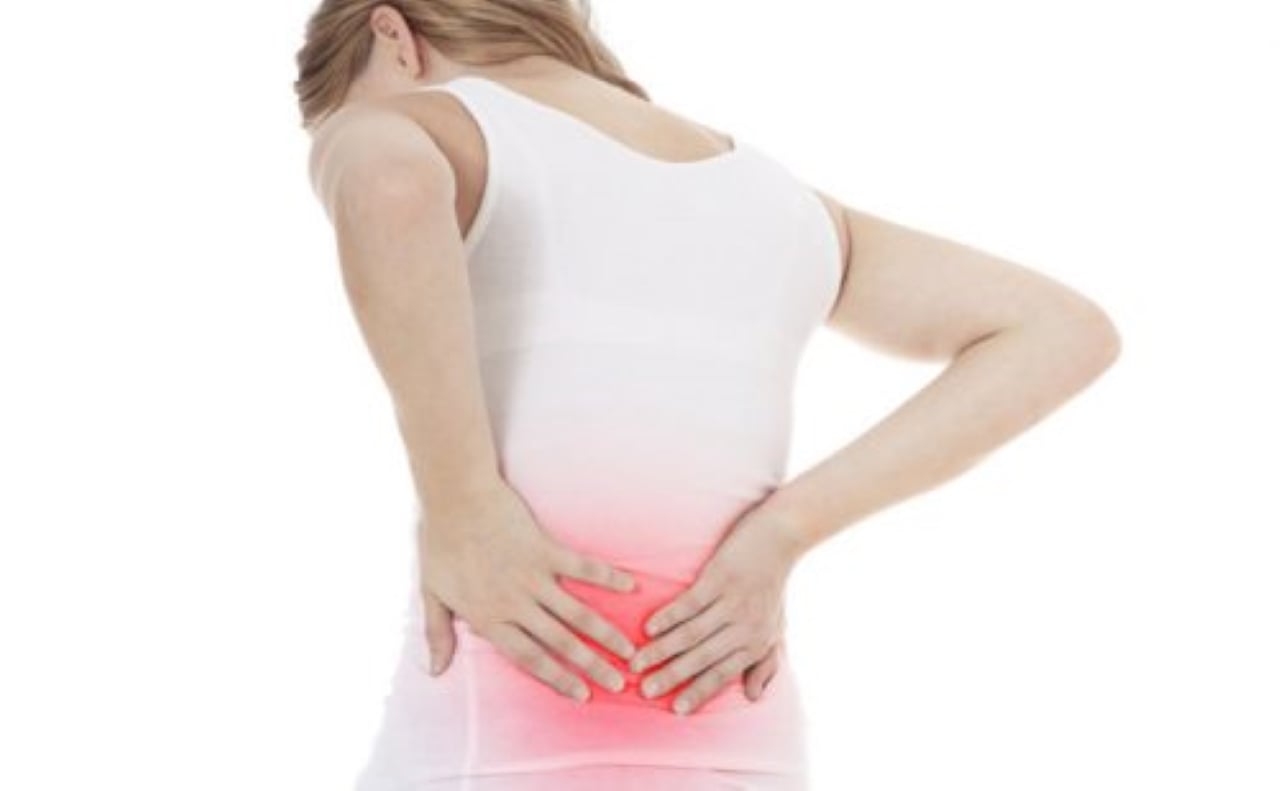What Causes Lower Back Pain in Women Over 40?
The likelihood of developing back discomfort increases as you approach your 40s. As we age, the spinal region undergoes more wear and tear, increasing the possibility of lower or upper back pain.
Due to a combination of factors, back pain is more prevalent in women than in men. There are various causes of lower back pain unique to women. These include the following:
- Premenstrual Syndrome (PMS)
- Premenstrual Dysphoric Disorder (PMDD)
- Endometriosis
- Dysmenorrhea
- Late Pregnancy
- Osteoporosis
- Obesity
- Menopause
- Sedentary lifestyle…
Additionally, there are causes of lower back pain that can affect individuals of all genders. The following conditions are some of the most typical: muscle strain, sciatica, herniated disc, and degenerative disc disease.

Effective Prevention and Treatment Measures for Back Pain in Women Over 40
If you experience persistent back pain, try the following suggestions:
1. Daily Exercise
Exercise is essential to address these parameters. All forms of exercise are highly beneficial for managing these risk factors and preventing lower back pain, including aerobic exercise, strength and endurance training, flexibility work, balance, and coordination exercises.
According to recent studies, women who engage in moderate-intensity exercise for at least 3-5 days per week have a lower risk of lower back discomfort.
2. Warm Baths
Warm baths improve blood circulation, alleviate muscle soreness and tension.
3. Over-the-Counter Medication
Lower back pain and other types of dysmenorrhea can be alleviated by taking over-the-counter non-steroidal anti-inflammatory drugs (NSAIDs) such as Ibuprofen, Naproxen, and Aspirin.
4. Weight Management
Overweight women are encouraged by doctors to make serious efforts to lose weight and maintain a normal weight.
5. Posture Check
Women should pay attention to their posture and maintain a straight spine.
6. Healthy Diet
A nutritious diet is usually recommended for a healthy body and mind. The body uses the food we consume as fuel to combat the challenges it faces daily.
7. Ice Packs
Ice packs reduce swelling, soreness, and bruising if the back pain is due to muscle strain or injury. Ice packs are most effective during the first 48 hours after a muscle strain or injury.






































